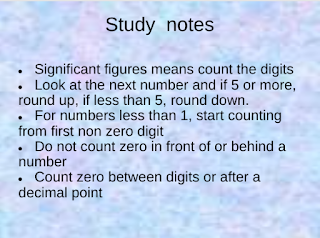Multiples, Factors & Prime
Prime numbers | Prime numbers are numbers that have only 2 factors: 1 and themselves. For example, the first 5 prime numbers are 2, 3, 5, 7, and 11. By contrast, numbers with more than 2 factors are called composite numbers. |
Composite Numbers | In math, composite numbers can be defined as the whole numbers that have more than two factors. Whole numbers that are not prime are composite numbers, because they are divisible by more than two numbers. |
Multiples | A multiple is the result of multiplying a number by an integer (not a fraction). |
Factors | A number or quantity that when multiplied with another, produces a given number or expression. A number divisible with a product with no remainders is a factor. |
The number one | 1 (one, also called unit, and unity) is a number and a numerical digit used to represent that number in numerals. It represents a single entity, the unit of counting or measurement. For example, a line segment of unit length is a line segment of length 1. |



